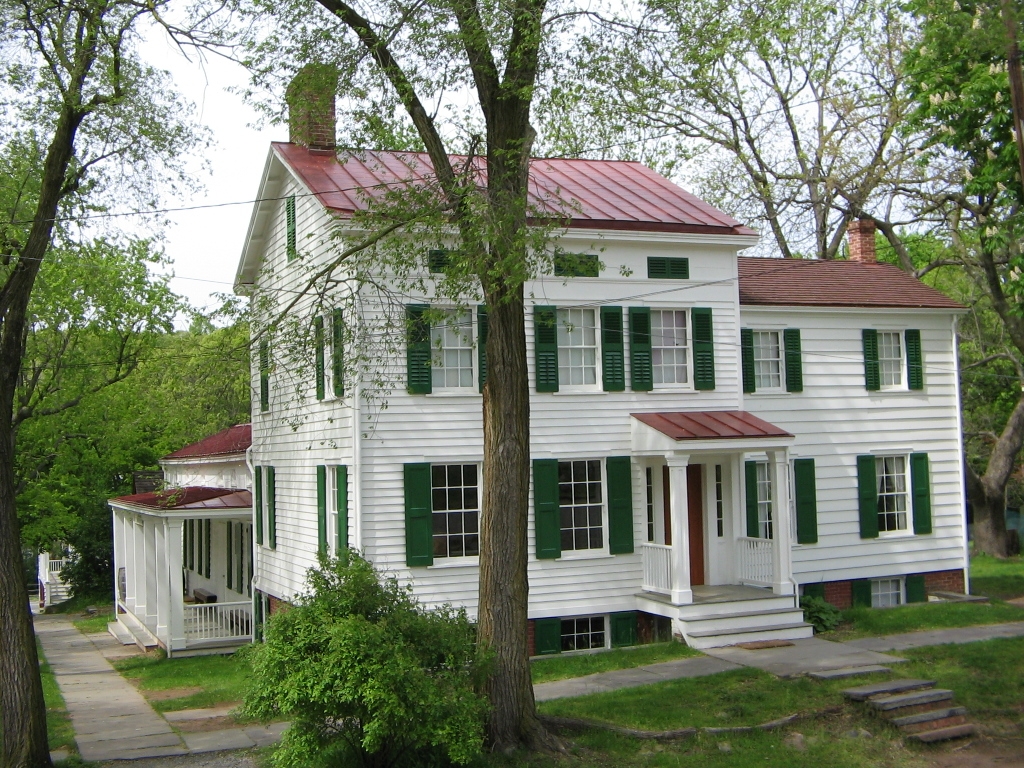Historic Structures & Sites
Site history
The area that is now Historic Richmond Town's main site served for nearly two centuries as the government center of Staten Island (Richmond County). After Staten Island became one of the five boroughs of New York City in 1898, the county offices were gradually moved to the northern part of Staten Island, closer to Manhattan, and Richmond Town became a quiet community as government offices, and the many businesses that served them, left the neighborhood.
In the 1930s, Borough Historian Loring McMillen working alongside the Staten Island Historical Society saw a historic preservation opportunity
in the buildings that had been vacated, and in 1933 the Society obtained permission to renovate the former County Clerk's and Surrogate's Office for use as a museum. The museum opened in 1935, and in the following years the Society acquired several other nearby historic buildings. In 1948 the Society was granted use of the Third County Courthouse (which today serves as the Visitor Center). In the early 1950s, the City of New York acquired the 100-acre Richmond Town site, which was designated Richmondtown Restoration and set aside for preservation. Today this site, with 30 historic structures, serves as the largest of the four sites that make up Historic Richmond Town.
Billiou-Stillwell-Perine House
Voorlezer’s House
Edwards-Barton-Aquilino House
Stephens-Black House
In recent years, Historic Richmond Town Historic Richmond Town sought to create additional spaces and platforms where the experiences and perspectives of all people are heard and valued. In summer 2022, construction began on Historic Richmond Town's Native Encampment in the southwest quadrant of the Main Village Campus, and in Fall 2022, the encampment debuted to the public.
The encampment includes a wigwam dwelling and several outlying structures and is activated during Open Village season, as well as special programs throughout the year, including Old Home Day, and Hearth & Harvest Weekend. With the addition of this Native Encampment to this site, visitors can explore the histories of the Raritan, Hackensack, and Tappan tribes of the Lenni-Lenape who lived on Staten Island for generations before European colonization and continue to call it home.
The Native Encampment project was made possible with generous support from Con Edison. Materials for the construction were harvested by volunteers from Freshkills Park and the Student Conservation Association.







